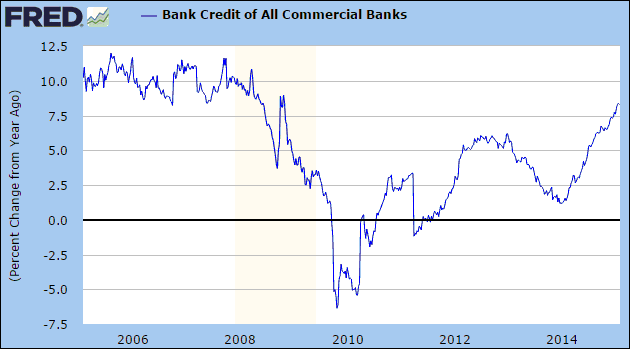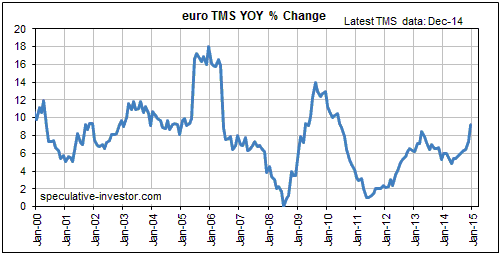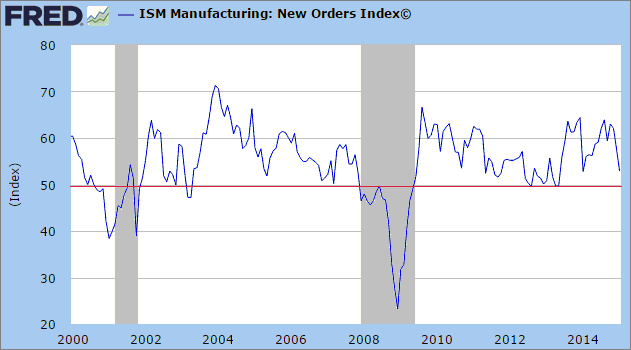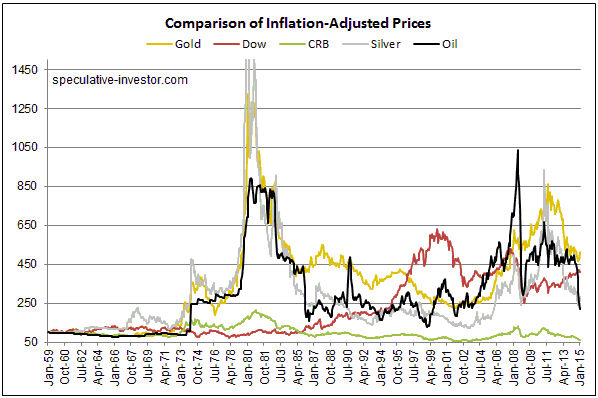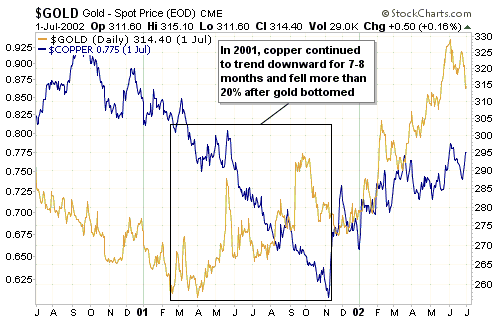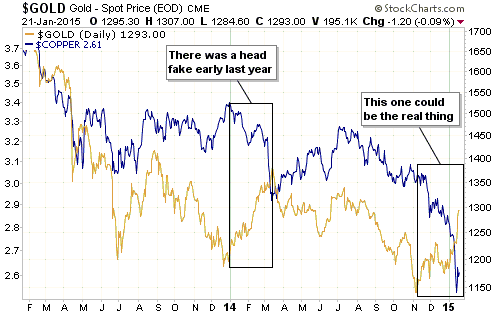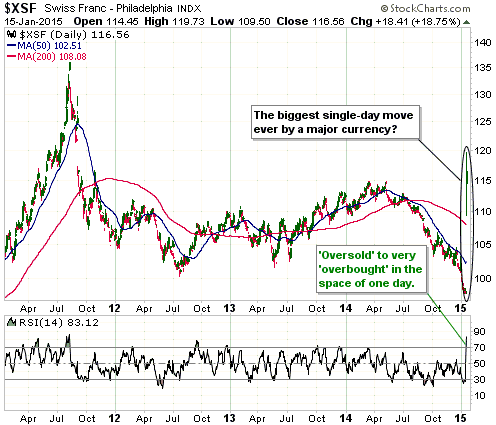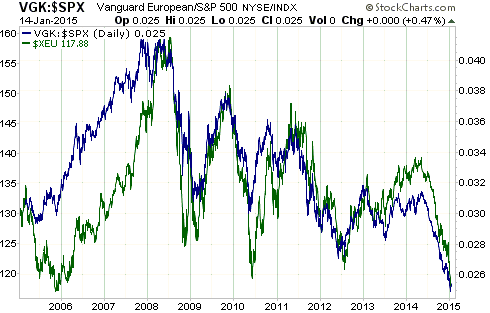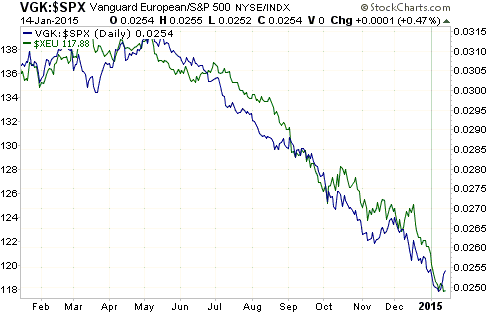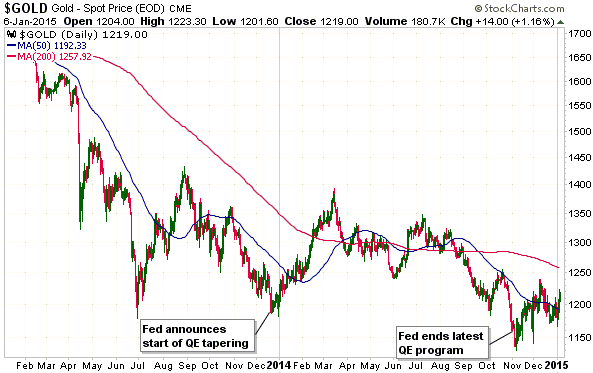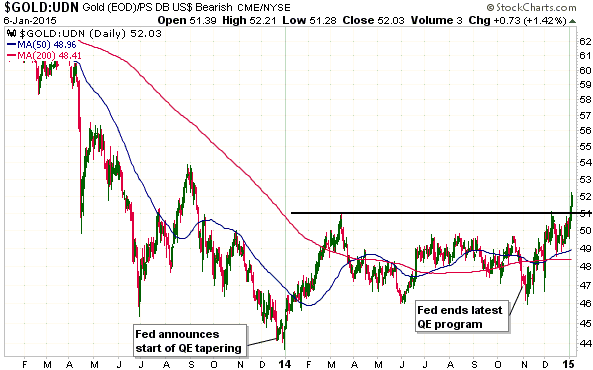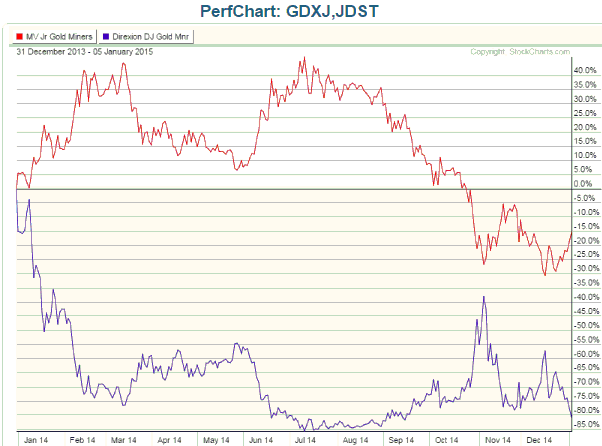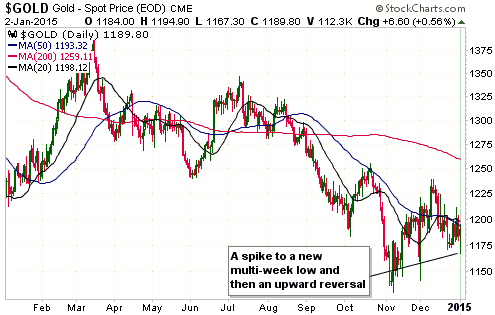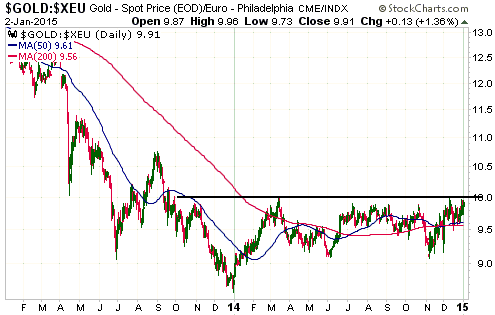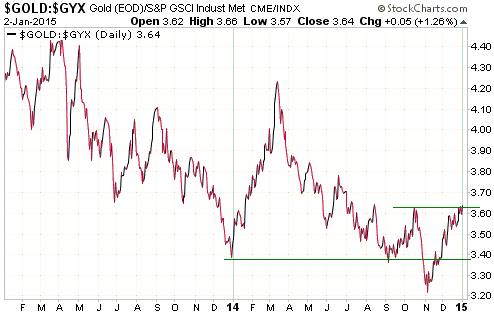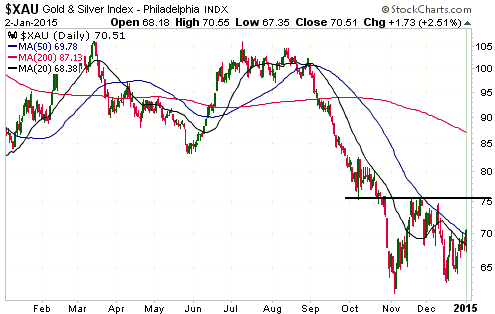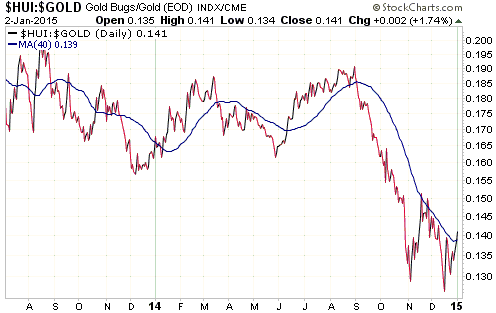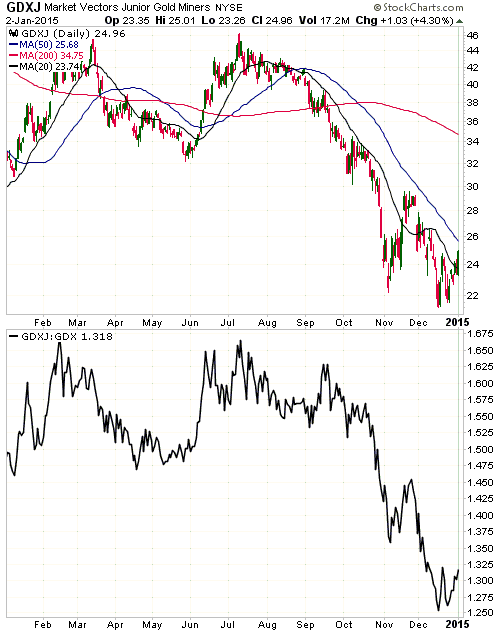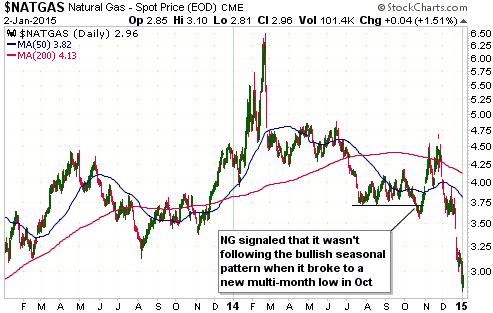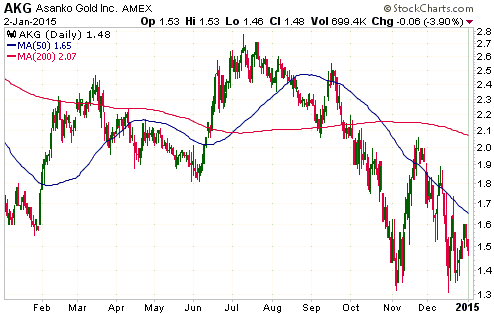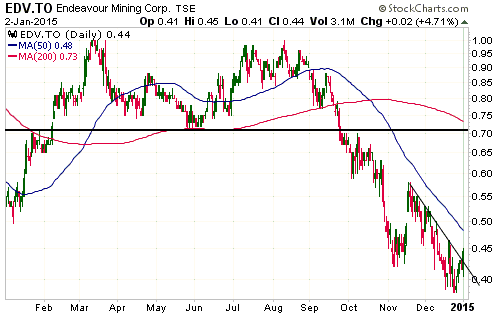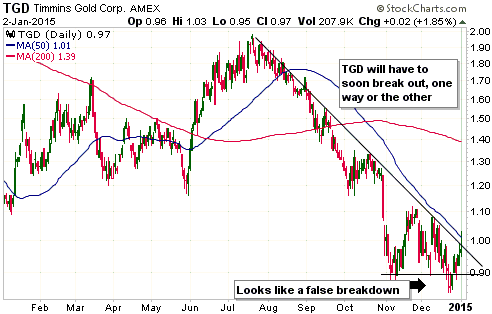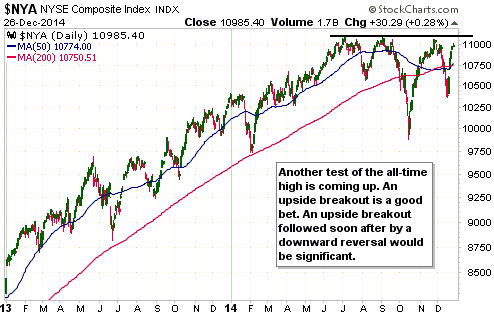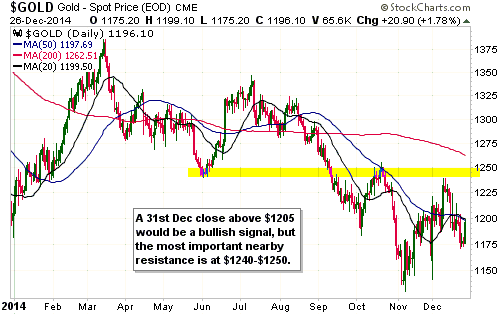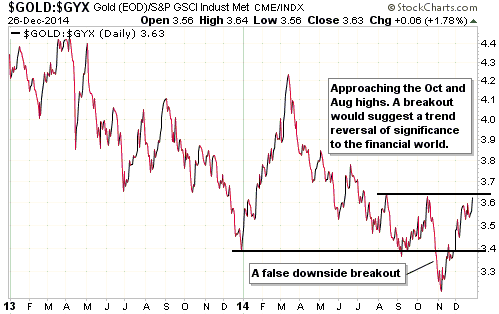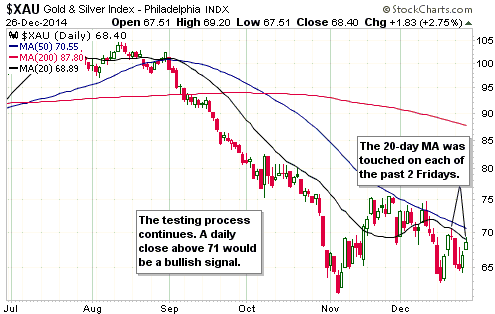Over the most recent Christmas and New Year holiday period, one of the places I visited (with wife and 15-year-old son) was Siem Reap in Cambodia. The town of Siem Reap is best known for, and is a popular tourist destination largely because of, its close proximity to the ruins of Angkor, the capital of Cambodia during the Khmer Empire (9th to 15th Century). Angkor contains the — in some cases largely intact or restored — remnants of some huge temples, including Angkor Wat. However, if (like me) you quickly get bored with temple viewing, Siem Reap is still worth visiting. The town is so vibrant and friendly, with so many interesting eating/drinking places, shops and markets, that I actually wouldn’t mind living there. But the purpose of this post isn’t to discuss the things to see and do in Siem Reap, it’s to discuss some economics-related observations I made while visiting that part of the world.
On arriving at the Siem Reap airport and spending about one hour making our way through the chaotic immigration section I was finally at the document-checking counter, where I had all five digits on both hands scanned for prints. After completing the tedious finger-scanning process I offered to provide a urine sample, but apparently it wasn’t necessary. I thought about giving it to them anyway, but then thought better of it.
What a totally counterproductive exercise in a place that is heavily reliant on tourism! Fortunately, it turned out that the airport was the only bad experience we had in Siem Reap. Not coincidentally, the airport is one of the few parts of the town that is totally controlled by the government. The government, by the way, claims to be democratically elected, but in reality Cambodia is a one-party state headed by a former member of the Khmer Rouge.
The main reason to bring up the airport experience isn’t to complain about the ridiculous security measures and the general inefficiency of the place, it’s because this is where I made the novice mistake of exchanging some US dollars for the local currency, known as the Riel. I didn’t convert much money, thinking that the airport exchange rate would be unattractive, but I shouldn’t have converted any. The reason is that everyone in Siem Reap prefers to deal in US dollars. To put it more accurately, they prefer US dollars to the Riel when receiving payment, although they are happy to give you change in Riel. So, in Siem Reap and perhaps all of Cambodia there are two monies: the money generally perceived to be good (the US$) and the money generally perceived to be not so good (the Riel). This leads me to Gresham’s Law. Cambodia is a good example of why the popular understanding of Gresham’s Law, although it might seem reasonable at first or even second glance, often doesn’t apply in practice.
The popular adaptation of Gresham’s Law is: bad money drives out good. This concept seems to make sense, because people will naturally prefer to hoard the good money and part with the bad money when buying things. However, it generally doesn’t work that way in practice because people will naturally prefer to receive the good money when selling things, so for a trade to take place it will often be necessary for the buyer to offer the good money.
That’s the popular understanding of Gresham’s Law, but the actual principle is: “When a government overvalues one type of money and undervalues another, the undervalued money will leave the country or disappear from circulation into hoards, while the overvalued money will flood into circulation.” That is, Gresham’s Law really only applies in the specific case where there are two equally acceptable types of money and the government fixes the exchange rate between the two. The classic example — and the most relevant example for hundreds of years prior to the last century — is where gold and silver are the most common media of exchange in an economy and the government fixes the gold/silver ratio too high or too low. Actually, even if the ratio is initially set at roughly the right level, changes in the supply of and the demand for the two metals over time will eventually result in one becoming over-valued relative to the other at the official exchange rate. This will lead to the relatively expensive (that is, over-valued) commodity being used progressively more in trade and the relatively cheap (that is, under-valued) commodity being progressively removed from circulation.
In Siem Reap the two types of money aren’t equally acceptable, and although there is an official exchange rate it seemed that people were generally able to trade at whatever rate they deemed appropriate. Consequently, the “bad money” is not driving out the “good money”. On the contrary, the “good money” is thriving as a medium of exchange.
My final Cambodia note is about corruption. Most people believe that all corruption is bad, but in terms of effect on the economy there is both good and bad corruption.
Good corruption is when a government regulation, that for no sensible reason makes it much more difficult for businesses to provide the service that their customers want, can be cheaply ‘got around’ by slipping some money into the pocket of a government rep. In other words, good corruption greases the wheels of commerce. It shouldn’t be required, but in the real world the government puts many unnecessary obstacles in the way of voluntary exchange. An example of good corruption is covered in Jeffrey Tucker’s article about former Washington D.C. mayor Marion Barry.
Bad corruption is when representatives of the government greatly increase the cost of doing business for the purpose of enriching themselves. It is Mafia-style extortion that puts additional obstacles in the way of voluntary exchange.
In Cambodia I saw examples of bad corruption that I suspect are just the tip of the iceberg. In particular, although the town of Siem Reap is a little chaotic (in a good way), it seems that a government licence is required for almost everything. Even setting up a stall selling fried grasshoppers by the side of the road well outside the main town requires a licence. This is not necessarily a big deal by itself, but I found out about cases where the requirement to get a licence made the cost of going into business prohibitive due to the amount of money that has to be paid ‘under the table’ in addition to the official licence fee. For example, I was told that to become a travel agent you must get a licence and to get the licence you must first pass an exam, but that regardless of how well you do in the exam you will not be given a passing grade unless you pay a relatively large bribe to the government-appointed examiner. This is bad corruption. Good corruption would entail slipping a small sum of money to someone to avoid the silly requirement of having to sit the exam.
In conclusion, Siem Reap is a part of the world where good and bad money openly compete, which is the way it should be. It is a great place to visit and perhaps even to live for a while, but I get the impression that it wouldn’t be a great place to set up a business.
 Print This Post
Print This Post

